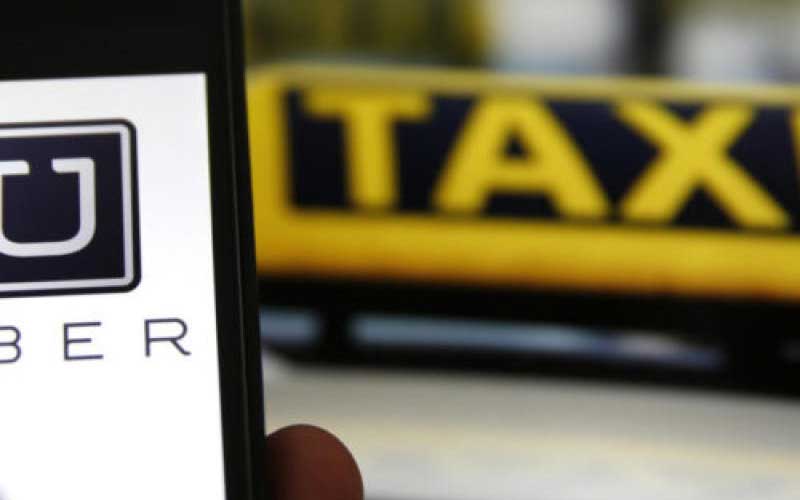×
The Standard e-Paper
Stay Informed, Even Offline

Ride-hailing app, Uber, will later this month list on the New York Stock Exchange (NYSE) in one of the largest initial public offerings in the exchange’s history. A report by Bloomberg says the company could be valued as much as Sh12 trillion.
Much of the investment is pegged on the company’s vast transport data from the more than 60 cities it operates that is considered invaluable in research towards the development of self-driving cars.